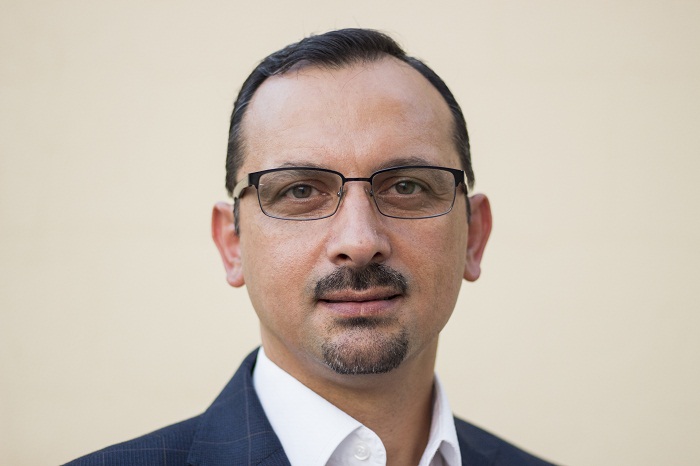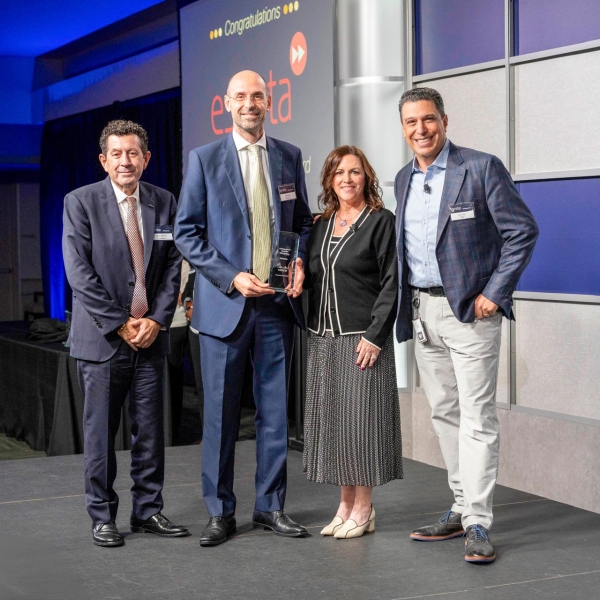Classical or Colloquial Arabic: Which Will Dominate?

Doha – Every person has their own identity that is defined by several components and elements including language, which embodies people’s culture, thoughts, feelings, memories, and hopes, and reflects a nation’s proud rituals. Arabic, one of the United Nations’ six official languages, is also an official language in 28 countries, spoken by more than 400 million people. The number of online Arabic users is increasing every year. In 2018, Arabic was ranked as the fourth most used language across the Internet after Spanish, Chinese, and English.
Despite these figures, and the rich history
and role of the Arabic language in promoting Arab-Islamic civilization in terms
of literature, values, philosophy, history and social sciences, and documenting
Greek science and philosophy; as well as the richness of its vocabulary;
eloquence of its expressions; and its ability to evolve and assimilate the
sciences and innovations, it faces several challenges. These include
bilingualism or competition from foreign languages, and duality or competition
from local dialects that have prevailed in some fields.
Does colloquial Arabic pose a grave threat
that could eliminate classical Arabic, displace or replace it? Delving into
this subject, we consider the following question:
Does colloquial Arabic or the different spoken dialects pose a challenge that
is unique to the Arabic language?
It goes without saying that languages have different varieties including the
formal, informal, academic, scientific and literary forms. Some have classified Arabic into four
categories or varieties: Standard Arabic
or Classical Arabic (heritage); Contemporary Arabic (Arabic press and media);
Modern Arabic (A combination of colloquial and classical Arabic); and
Colloquial Arabic.
A form that may apply to a certain function or an artistic genre may not apply
to another function or form of discourse. While it is a mistake to assume that
non-Arabic speakers have a complete understanding of their written language,
the divergence between classical and colloquial Arabic may be the most
prominent among languages.
Understanding the first variety of Arabic
(classical) depends on the level and characteristics of the text as well as the
level of the reader and their knowledge. The other three varieties are
generally understandable to the majority within a single country. However, a
second challenge -- which is not part of this discussion -- is bilingualism and
competition from foreign languages. This challenge reduces the percentage of
people who understand the second and third varieties. Here, I must note that no
other important language has maintained the same level of consistency in terms
of grammatical rules as Arabic for over 15 centuries.
It is unlikely that one can find texts that
date back to these centuries yet can be read and understood today, as is the
case with Arabic. This is evident in the Prophet's hadiths, especially the most
circulated texts, and the Prophet's biography and stories as well as the Qur’an
when excluding the vocabulary that seems unfamiliar as Arab youth are gradually
losing touch with their cultural heritage and classical Arabic.
It must also be noted that Arabic, with its flexible nature and characteristics, such as acceptance of metaphor, has the potential to add new expressions. These are often used in the media, such as ‘there’s nothing new under the sun’, which originates from French, or the expression ‘plays a role’, which originates from English, among many other expressions.
Since Arabic is not the only language with more than one dialect, the following
question arises.
Are dialects old?
Ibn Khaldun believed that when Arabs mixed with other communities during the conquests, errors began to surface in the Arabic language, starting with case endings and the use of vocabulary in contexts differing from those used by Arabs. With the expansion of the Arab world, other people had an influence on our language; an influence that depended on the neighboring country and the extent of its relations with foreigners.
On the other hand, the Arabian Peninsula was home to several dialects that
linguists called languages. The characteristics of some of these languages are
still evident in our local dialects. Linguists say this influence is evident in
examples where letters in some words are substituted by other letters in local
dialects.
A closer look, however, reveals that it is wrong to compare those old dialects
with today’s colloquial Arabic; the differences between these dialects are
restricted to the meaning and pronunciation of some words as well as some
grammatical rules.
The difference between classical and
colloquial Arabic is greater today, and include differences in syntactic structure
and on the phonetic level. Colloquial Arabic is governed by simpler rules where
pronouns are omitted, and cannot be compared to the rich vocabulary of
classical Arabic. Therefore, children who fail to learn standard Arabic at a
young age in schools have a very poor vocabulary.
Does colloquial Arabic pose a threat to classical Arabic?
This challenge is not unique to Arabic. It
applies to all languages around the world. And since dialects are part of our
Arab tradition, why regard them as a threat to classical Arabic?
The answer lies in the fact that though
colloquialisms existed over decades, they did not compete with classical Arabic
as is the case today. Colloquialisms have become dominant in everyday life and
are used on social media, at home or the workplace, and across various
facilities including schools and Arabic classes. They have even infiltrated
Friday’s sermons in some regions and are being used in television and radio
shows, movies, series, and songs.
Arab children are first learning colloquial Arabic and then English while classical Arabic comes in third place. Thus, children hardly read in Arabic and appear to be learning classical Arabic as a foreign language.
Humanity’s enemy is ignorance. Those who don’t master Arabic refrain from using
it and miss out on its wealth of knowledge and literature, which undermines the
Arab cultural identity in the future.
Is there a flicker of hope?
In light of this gloomy picture of our
linguistic reality, we must not lose hope. Official newspapers continue to be
published in classical Arabic even though foreign languages dominate many
sectors of society while publications in colloquial Arabic remain limited in
number.
Eloquent classical Arabic still resonates with
people and finds its way to their hearts, through art and media. Classic poems
have been adapted into famous songs such as A’tine el Nay waGhanni ("Give me
the Flute and Sing”) by Lebanese singer Fayrouz, one of the most admired and
influential artists in the Arab world; a pattern we can also find in Nizar
Kabbani’s sung poetry. Young Arab poets continue to write songs in classical
Arabic and these songs have gained popularity, with some earning over 15
million views on YouTube.
Despite the challenges of Westernization and globalization, television shows presented in classical Arabic also enjoy a large viewership.
This demonstrates that classical Arabic can still be trendy if it finds an inviting
artistic outlet. If we offer our children a taste of the Arabic language in an
attractive context whether at home, in school, or in the media, Arabic will
find its way to their hearts, and only then will they speak and write in
Arabic. While we cannot deny that our language is under threat, its future can
be guaranteed if we pursue efforts to sketch a practical linguistic plan that
raises awareness of our cultural heritage and language’s contribution to
civilization among our youth, the leaders of tomorrow.
Mohammed Ali Bahri is an Arabic Language Coordinator at the Language Center at the Translation and Interpreting Institute, part of the College of Humanities and Social Sciences at Hamad Bin Khalifa University














